This last week, Microsoft announced disappointing earnings that reflected the battered market for PCs and the company's inability to gain traction in smartphones. But most notable was the $900 million "inventory adjustment" related to Surface RT, Microsoft's beleaguered iPad contender. How could it have failed so badly?
Flop flop, fizzle fizzle in tablets
Three years ago, Apple launched the original iPad to a Yerba Buena Gardens audience of tech journalists who largely scoffed at the notion of anyone buying it. CNET interviewed me at the event, but didn't ever use the footage, apparently because I wasn't scoffing.
But iPads rapidly began selling, so much so that Samsung and an "avalanche" of other vendors rushed their own tablets to market by the end of that year. Microsoft had already launched its own Slate PC concept with HP, a product the original iPad immediately shoved off the table and into the trash bin (where, come on, it rightly belonged).
Microsoft, along with everyone else, wanted to cash in on the new tablet craze that the iPad had launched, particularly after suffering through a decade of Tablet PC and UMPC failures in the 2000s while trying to replicate the original vision of Apple's 1993 Newton Message Pad tablet, albeit centered around Windows.
Bold predictions that everyone else would soon sell more tablets than Apple were quickly backed up by hastily gathered "market research" that instantly assigned Samsung a large share of the market that fall, solely through the creative accounting of inventory "shipments." As it turned out, the market actually needed buyers, not just sellers with units to ship.
The next year, in early 2011, Google unveiled its own Android 3.0 Honeycomb release specifically suited to delivering tablets, showcased by Motorola's unfortunately named Xoom. That product turned out to be a spectacular failure for so many reasons that it's hard to pin down the most lethal culprit: Unfinished? Expensive? Useless?
Motorola was joined by a variety of other Android licensees, including Samsung, who also cranked out tablets nobody wanted to buy. Many Android fans wanted somebody to buy these terrible first generation devices so they could later buy their better successors.
Incredibly, it turned out pretty much nobody wanted to be the guinea pig tasked with beta testing Honeycomb tablets that were not quite there yet, didn't support web standards very well, didn't have any great tablet-optimized apps, and didn't provide very good value for the premium prices they demanded.
After another year passed, Microsoft decided to make the world forget about the epic failures of 2010's Slate PC and 2007's Surface bathtub-kiosk by resurrecting the Surface name as a new sort-of convertible tablet device running the "full Windows" without compromise, albeit in a version that couldn't really run Windows software because it was ported to run on ARM chips, whereas all Windows software is designed to run on an x86 chip.
The icing on top would be that this new Surface would adopt the Metro user interface that nobody wanted when it was on the Zune, and that nobody wanted when it was on Windows Phone 7. Surely the third time around would be the Charm, especially if it were forced upon the entire Windows 8 PC audience as well, because Windows users were so graciously welcoming of the even less significant changes bundled with Windows Vista in 2006.
So at this point, I know what you're thinking: "how could this all-around winning Surface RT strategy not fail to beat back the iPad and take over the tablet world in a way that all of Samsung's hardware expertise and all of Google's software savvy had failed to do over the previous two years as Microsoft toiled to port Windows to ARM and blogged about its incremental progress along the way?"
I mean, really. Quite inconceivable.
The mysterious failure of Microsoft's hardware endeavors
Mary Jo Foley, writing for ZDNet, wondered this very thing. Literally: "How did this happen?"
"The biggest question, to my mind, about today's unexpected Surface RT write-down," Foley wrote, "is how did Microsoft find itself in this predicament in the first place? How did officials seemingly misestimate the number of Surface RTs they should have made and how much they should have charged for them?"
It appears the Surface RT's price was set in 2010 when Apple launched the iPad for $499. Android's Honeycomb tablets aimed higher than that, and were laughed off the stage. So Microsoft picked the same entry level price point as Apple, the very same strategy behind the Zune taking on iPods at virtually identical prices.
Microsoft upped the ante with Surface RT however, giving it twice the memory (32GB) of Apple's entry level iPad (16GB). Of course, Microsoft also squandered all that specification advantage by using Windows, which likes to take up lots of space.
According to the bill of materials estimate by iSuppli, the Surface RT cost Microsoft about $284, of which the firm stated that "Microsoft will generate a profit margin that is greater than the low-end iPad, in percentage terms and on a per-unit basis."
So Microsoft was pretty confident that Surface RT would wipe the floor with Apple's iPad, the same way the company was deadly serious about Windows Phone being such a strong alternative to the iPhone that it staged a mock funeral (for the iPhone, not Windows Phone, which is still regarded as having a pulse at Microsoft).
Microsoft's confidence was adjusted slightly after Surface RT refused to sell. So Microsoft slashed the price to $350, a price Brian Hall, Microsoft's General Manager of Surface Marketing, told Foley that the company believes will begin driving sales. Or at least create an installed base that will begin recommending the device to other buyers.
"We know we need a lot of Surface users to start the fly wheel of people recommending it," Foley cited Hall as saying. Apple didn't need such a "flywheel" for the first iPad because it had a functional and healthy smartphone platform tied to a gangbusters media store in iTunes. Microsoft is starting from scratch.
But apparently Hall hasn't read any reviews of the Surface RT. Perhaps he could read what Foley herself wrote in the same piece that cited him. She noted, "many of the factors beyond price that have contributed to the lackluster demand for the Surface RT haven't changed all that much."
Specifically: "There are still few, if any, 'killer' Windows Store apps that might push someone to choose a Surface RT over an iPad or an Android tablet," Foley noted, adding that "the performance of the Surface RT still feels sluggish."
To Foley's credit, she isn't bamboozled by the fact that Surface RT isn't selling, but rather the question of why Microsoft manufactured so many of the devices and ended up with a huge unsold inventory (apparently around 6 million too many).
"Isn't this a company whose officials have prided themselves on telemetry data and visibility?" She asked.
Inconceivable!
How could Microsoft have done such a poor job of designing, pricing, marketing and logistically managing the production of Surface RT? This is the company that delivered the Xbox, which many Windows enthusiasts (and even many platform agnostic users) like to play.
Ah the Xbox 360. The device that cost Microsoft roughly $8 billion in investment as it sold millions of hardware units at a deep loss for years. The device that, four years into production, was still languishing with a 52 percent return rate due to the Red Ring of Death, the result of sloppy manufacturing.
A device that was so troubled that Microsoft had to write off a $1 billion charge for unexpected warranty expenses. A device that just became slightly profitable as it approached its own obsolescence. What a paragon of operational competence that product demonstrates.
As spectacular of a operational failure the Xbox 360 was, it at least generated some software licensing revenue, thanks to very expensive fees third party developers pay along with ongoing royalties. Windows RT doesn't generate any software revenue to speak of. Nobody is going to pay $80 for "Angry Birds" running on a slowpoke ARM tablet, so developers aren't going to pay Microsoft Xbox-style fees to develop software for it.
And as bad as the Xbox 360 was managed, its flaws were completely eclipsed by Microsoft's Zune and KIN, two of the most embarrassing hardware product failures to occur outside of Google.
Microsoft might have some great software and server-side logistics, but its hardware experiments are a series of breathtaking failures, like the playboy sons of a super rich guy who doesn't know how to raise children properly.
The company assured Foley that it's not about to give up on Surface RT or the Windows RT software powering it. While Microsoft also once said the same of the now abandoned Zune, what it really needs to focus on is creating great products, rather than just trying to throw a placeholder into the market created by the iPad.
There isn't some mystery as to why Surface RT isn't selling, even at loss leader pricing. It's not a good product. And it competes against a really good product. Microsoft needs to bring its A game, not just some arrogant swagger.
After getting its teeth kicked out by the iPod, the iPhone and now the iPad, you'd think the company would realize that it needs to stop repeating its me-too strategies that clearly don't work and try something new: focusing on what it's good at, rather than being a terrible copy of Apple.
 Daniel Eran Dilger
Daniel Eran Dilger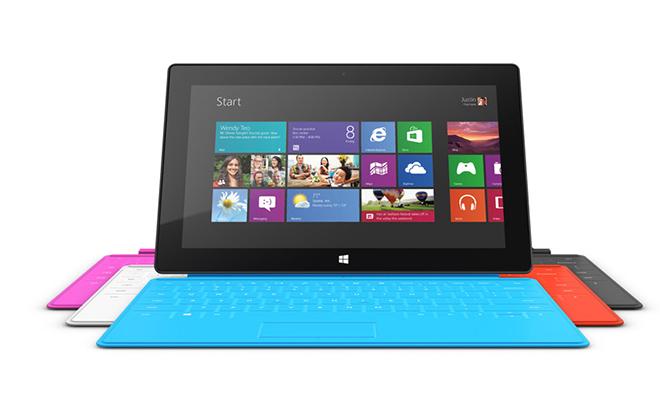
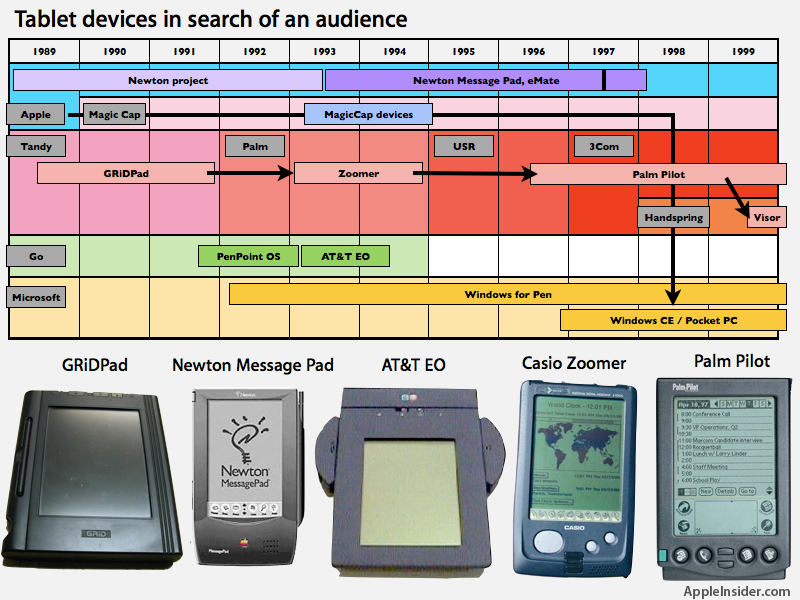
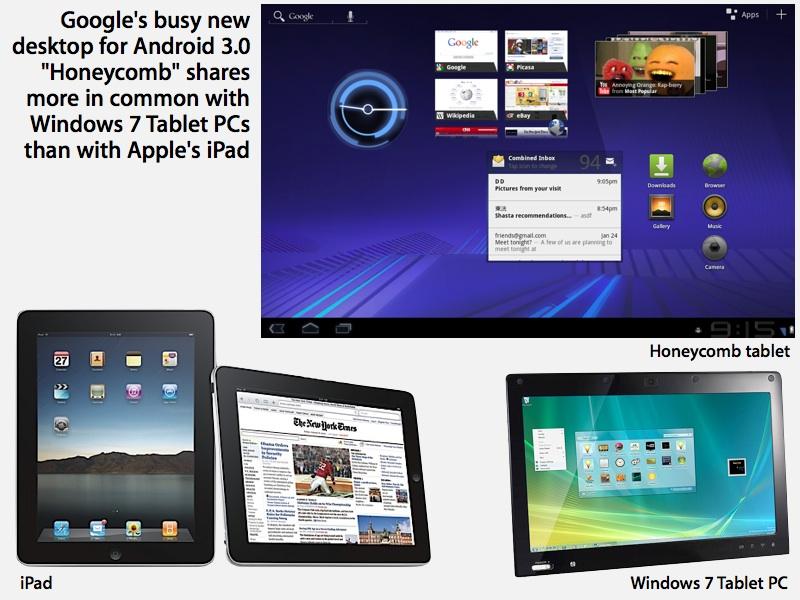

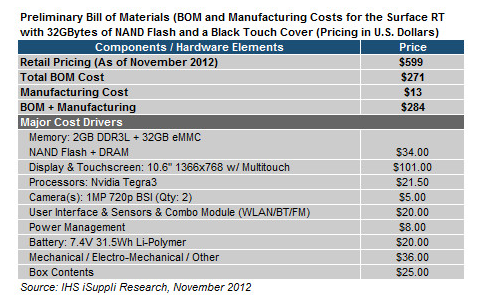


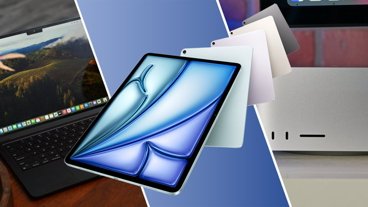

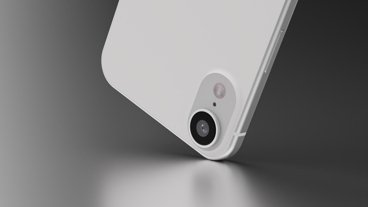
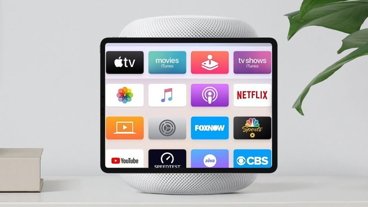
-m.jpg)


-m.jpg)






 Christine McKee
Christine McKee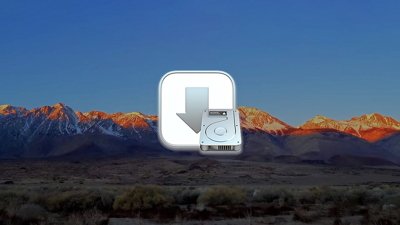
 Chip Loder
Chip Loder
 Oliver Haslam
Oliver Haslam
 Malcolm Owen
Malcolm Owen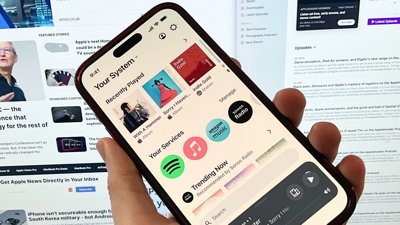
 William Gallagher
William Gallagher
 Amber Neely
Amber Neely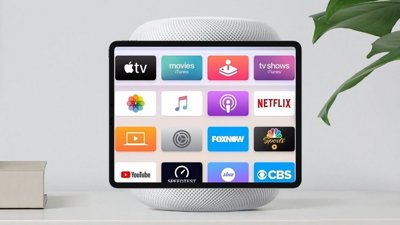
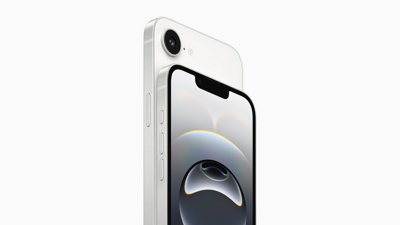
 Andrew Orr
Andrew Orr



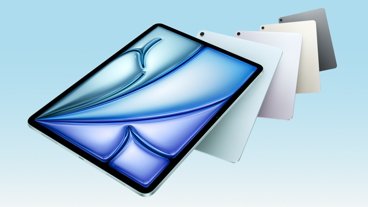



347 Comments
Consumers want real iPads, not fake iPads.
I like the editorials, but I'd prefer less sarcasm.
The "$80 Angry Birds" point in the article was a great one. Apple (as they have always been open about) develop software and services only to sell more hardware. Microsoft's console-style approach of taking a loss on hardware and making it up on $80 games will not work if Apple got in first and created a commonly "free" software price point in their App Store. And why did Apple get in first? Because in the age of mobile (and soon, not just mobile but wearable) computing, hardware design (Apple's strength) matters more than in the past.
Fact is consumers don't need Windows or Office. Microsoft still doesn't get that. Go watch the Surface event from last July. It was all Windows, Windows, Windows. Heck Microsoft's new logo is a Windows logo. The other thing Microsoft doesn't get is people are perfectly fine with tablets being mostly consumption devices. I think we're finding out that a large number of consumers were really using their PCs mostly for consumption purposes. Email, web surfing, watching movies, etc. Tablets now provide all those services in a much more convenient form factor. And since people are using PCs less frequently, the need to upgrade isn't really there. Google and Amazon don't help Microsoft's cause as they're pushing tablets as cheap consumption devices that they don't need to make any money on. Can Microsoft really afford to get in to a race to the bottom there?
[quote name="markbriton" url="/t/158580/editorial-the-mysterious-failure-of-microsofts-surface-rt#post_2364567"]I like the editorials, but I'd prefer less sarcasm.[/quote] Well that's just you. I like sarcasm, and this POS tablet deserves to be mocked and so does anybody who defended this POS tablet on this forum in the past. This was an obvious flop from the very beginning and anybody who didn't see that is extremely out of touch.